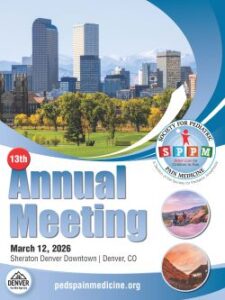A 14-year-old female with hypermobility type Ehlers Danlos Syndrome (hEDS), Postural Orthostatic Tachycardia Syndrome (POTS) and anxiety is scheduled for right temporal craniotomy for resection of a hippocampal lesion. Her home medications include escitalopram and gabapentin. On the morning of surgery, the patients’ mother presents a laboratory report showing that her daughter and her are CYP2D6 and CYP2C19 extensive metabolizers. Intraoperatively, the patient received propofol, ketamine, rocuronium, cefazolin, levetiracetam, fentanyl, dexamethasone, acetaminophen, granisetron and scopolamine. The case is uneventful, the patient is extubated in the operating room and then brought to the ICU. In addition to restarting her home medications, the ICU team also ordered: dexamethasone, levetiracetam, ondansetron, pantoprazole, acetaminophen and ibuprofen. And hour after arrival to the ICU, she complains of a headache which she rates 9/10 pain, and pain at the surgical site. Which of the following medication is most appropriate to add for postoperative pain management?
Correct!
Wrong!
Question of the Month - March 2023
 SPPM 13th Annual Meeting
SPPM 13th Annual Meeting